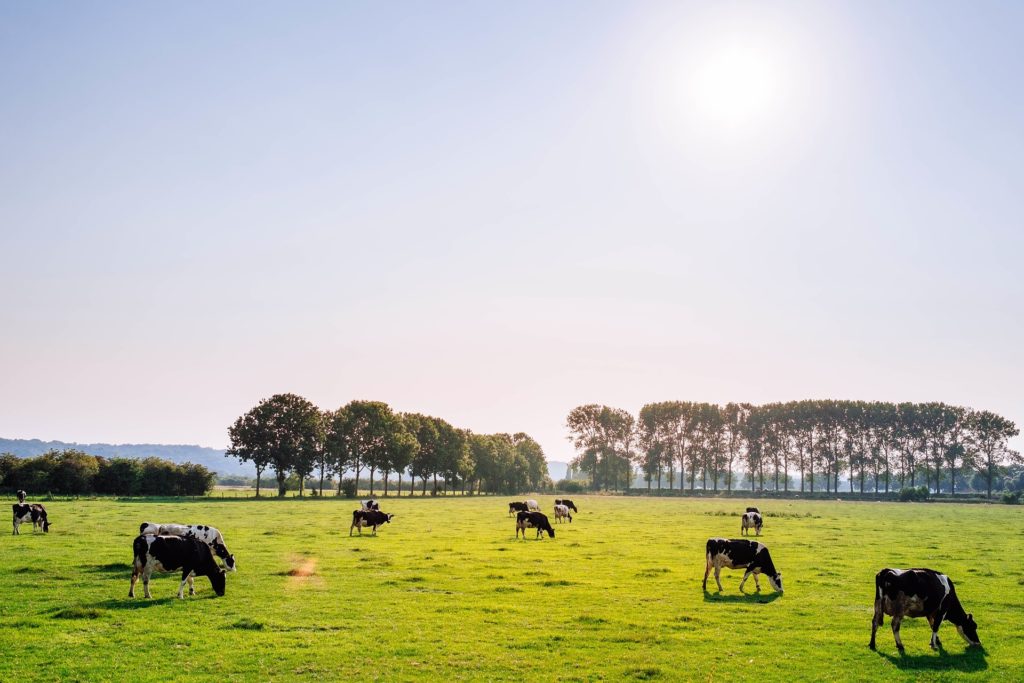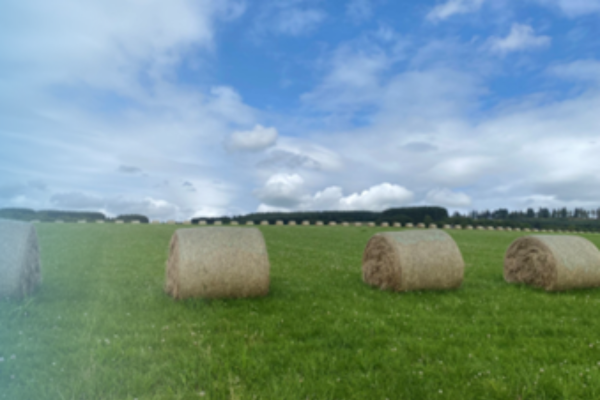Preparing for Sustainable Farming – Cattle Interventions
25 June 2024Scotland aims to become a global leader in sustainable and regenerative agriculture. By improving general animal health, it will result in better production efficiency and welfare. There are nine different interventions which cover cattle and sheep, four of which involve cattle. Preparing for Sustainable Farming (PSF) funding is there to help identify future risks/threats and to provide an opportunity to review current practices with your vet/adviser which can then feed into your herd health plan.
What Funding is Available?
There are nine different interventions which cover cattle and sheep – four are directed towards cattle. A standard cost of £250 will be paid for each intervention (regardless of herd size). Each business is allowed two interventions per year plus a one-off payment of £250 will be available in the first year of claiming for education and development. You can claim the same or different interventions as the previous year. You can also mix and match sheep and cattle options if you have both cattle and sheep on your farm.
If doing these interventions, the work must be done before 31st December 2024 and claims must be made by 28th February 2025 via the Rural Payments website. You will need to upload one expert advisor (EA) form signed by your vet per intervention as supporting documents when submitting your claim. No on-farm inspections will be triggered by using this funding. No carbon audit is required although it is recommended.
The four cattle interventions include: bull pre-breeding examination, calf respiratory investigation and virus screen, liker fluke investigation and gastrointestinal parasite investigation.
Bull Fertility Examination
- Getting the vet to examine the bull and check his fertility - this needs to be done to a British Cattle Veterinary Association (BCVA) standard. This includes:
- Physical examination
- Semen evaluation
- Mobility scores
- Motility percentages
- Semen morphology
- The examination should be done 6-8 weeks before breeding with the cows. Catching an infertile bull early and prior to the breeding season can save money and time. Around 20% of bulls are considered sub-fertile.
- Sub-fertile or infertile bulls can have a significant impact on the herd’s calving interval, which will increase if poor fertility is not discovered prior to the breeding season.
Calf Respiratory Investigation with Virus Screening
- This can include your vet taking samples to identify causal pathogens including viruses (BVD, RSV, IBR, PI3), bacteria (Mycoplasma bovis, Mannheimia haemolytica, Pasteurella multocida, Histophilus somni) or parasites (lungworm) in a respiratory disease outbreak.
- Shed assessments are also a good way of identifying where in the shed ventilation is poor and what could be done to improve this.
- Looking into this could identify any predisposing risk factors e.g. nutritional, managerial or ventilation failures to incorporate into your herd health plan to reduce the impact of respiratory disease on calf growth and survival.
Liver Fluke
There are four liver fluke diagnostic tests as listed on the , which are in the following forms:
- Blood antibody test - this is best done in the first grazing animals such as calves. 10 individuals should be tested and usually in the autumn. Be careful when using this as older animals that have had fluke before will have the higher antibody levels even though they have been treated successfully.
- Coproantigen Elisa (Faecal sample), this needs to be done individually for each animal and this will show a mid to late stage of infection. It may be useful to retest in 4 weeks’ time if the sample is negative.
- Fluke egg counts are also done by faecal samples which shows when the adults are present. Individual samples are needed. Retesting in 4-8 weeks is advised if the egg count is negative.
- A postmortem completed by the vet is the most reliable and best way for determining the stage of liver fluke.
Chart 1: Showing the liver fluke Diagnostic testing in more detail (COWS, 2022)

Roundworms
- Efficacy testing could be used when looking into wormer investigations. Faecal egg counts should be done in the herd to determine the worm burden and what to dose with first. Post drench faecal testing is then done 7 days after treatment with a group 2 product which is levamisole wormers (Yellow). The same test could be done 14 days after treatment with any other groups of wormers.
- This will also check if there is a need for worming as some cattle will have a small worm burden but not enough to treat. This will lengthen the amount of time the worms are not resistant to the products we use.
- There are only three groups of wormers available for cattle therefore testing before dosing will be essential in reducing the risk of anthelmintic resistance in the cattle worm population.
In summary using this funding will increase efficiency and production of your herd, which in turn will lower your carbon footprint. Speak to your advisor or vet about the best option(s) for your farm.
Helen Cowie, SAC Consulting
Related Resources
Sign up to the FAS newsletter
Receive updates on news, events and publications from Scotland’s Farm Advisory Service










